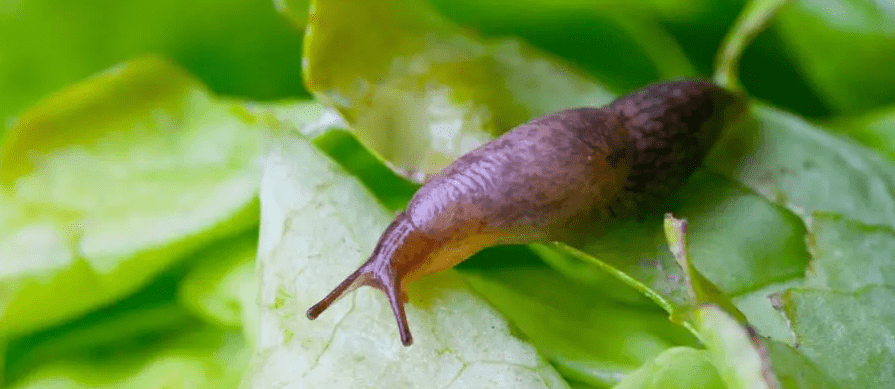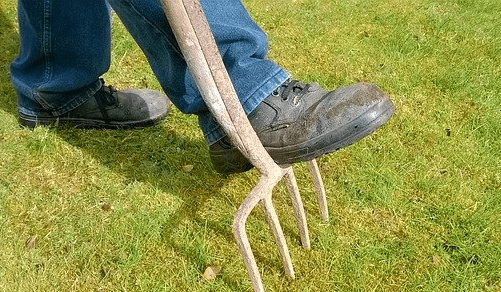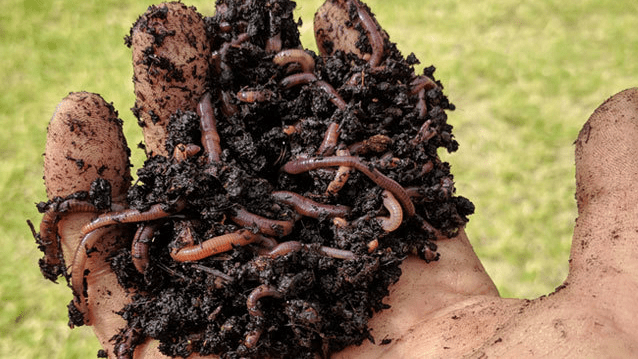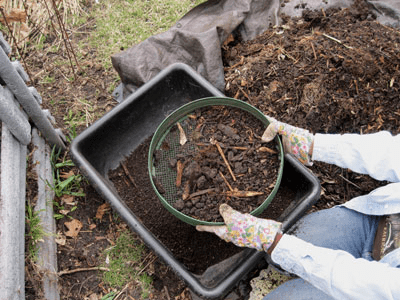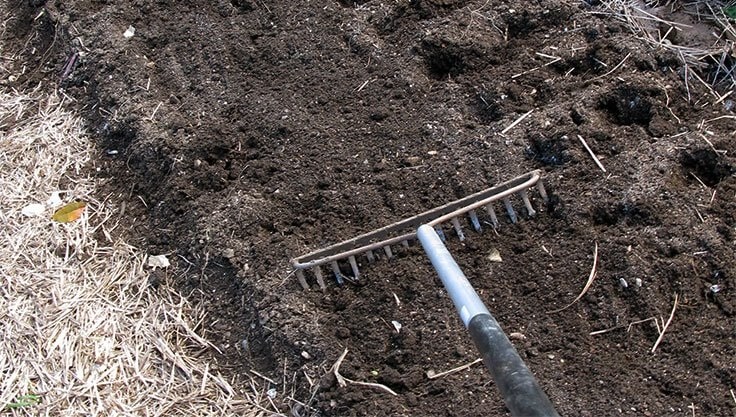Coltsfoot takes root everywhere and is often considered a “weed” – yet the bright yellow flower also helps against coughs and stomach ailments. Grow them yourself is quite simple.
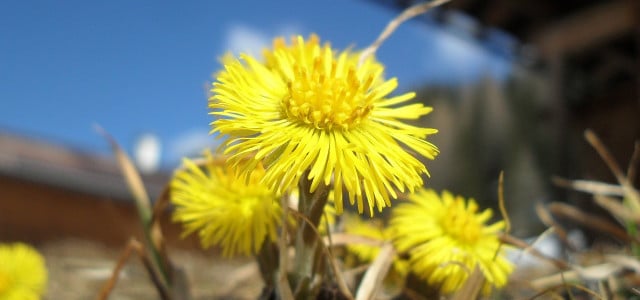
Contents
Plant coltsfoot yourself
Coltsfoot is tough: It can cope with adverse conditions and grows even on such barren ground as gravel or lignite. So if you want to plant it yourself, it’s comparatively easy. Of course, coltsfoot thrives particularly well if you take its preferences into account.
In the garden, it feels most at home in a sunny spot and on moist, loamy soil. If you want to plant coltsfoot in a pot, it is better to place it in partial shade. Especially in summer, you can prevent the soil in the pot from drying out too quickly. You should also make sure that the flowers always get enough moisture when growing them in the garden.
Coltsfoot is sown in spring. Already a few weeks after sowing the first flowers appear. Alternatively, you can buy young plants from the gardener and plant them directly. May is the best time for this.
Coltsfoot against cough and gastrointestinal complaints.
“I drive away the cough” promises the Latin name of the plant (Tussilago farfara). Not an empty promise: Coltsfoot has an expectorant, decongestant and anti-inflammatory effect. As a home remedy, it therefore helps particularly well with various diseases of the respiratory tract. These include:
- irritating cough
- chronic cough
- asthma
- bronchitis
- laryngitis
The anti-inflammatory effect, which has been confirmed by an extensive Austrian herbal study, is also useful against many other complaints. You can also use coltsfoot if you have problems in the gastrointestinal tract – for example, diarrhea, constipation or gastritis.
The bruised leaves can also be used for skin problems (pimples, boils, eczema) or minor abrasions, for example wrapped as a poultice. They have an antibacterial effect and can therefore alleviate skin blemishes and support wound healing. Coltsfoot is even used to treat phlebitis and varicose veins. Not for nothing was it honored as medicinal plant of the year in 1994: it is an all-rounder.
However, coltsfoot also contains pyrrolizidine alkaloids, the breakdown of which in the human liver can produce harmful substances. Although these are only small amounts, it is safer not to consume coltsfoot products in excessive doses or on a very regular basis.
Coltsfoot helps as a tea or syrup
For cough and gastrointestinal problems you can use coltsfoot in different ways. It is often recommended to inhale the smoke from the dried leaves – but this is not recommended from a health point of view and is more likely to aggravate cold symptoms than improve them.
Meanwhile, the most common method is to prepare a tea from the dried flowers and leaves of the plant. For a quart of tea, pour boiling water over two teaspoons of this dry mixture and steep for at least ten minutes.
Alternatively, you can make coltsfoot syrup from the fresh flowers. Here’s how to do it:
Cut the flowers roughly with scissors or a knife and fill part of them into a screw-top jar (about three to four centimeters high).
Then pour honey over the blossoms (alternatively, you can use brown sugar) until they are completely covered.
Sprinkle a new layer of blossoms on top and let it be followed by another layer of honey.
Repeat these steps alternately until the flowers are used up and the jar is full.
After that, screw the jar tightly and put it in a warm, sunny place for two to four months. The honey now takes on the healing substances and aromas of coltsfoot. The additional moisture that the flowers give off in the process gradually gives it a syrupy consistency.
When the syrup is ready, strain it to remove the remnants of the flowers and transfer it to a bottle. You can take it either pure or mixed in tea.


